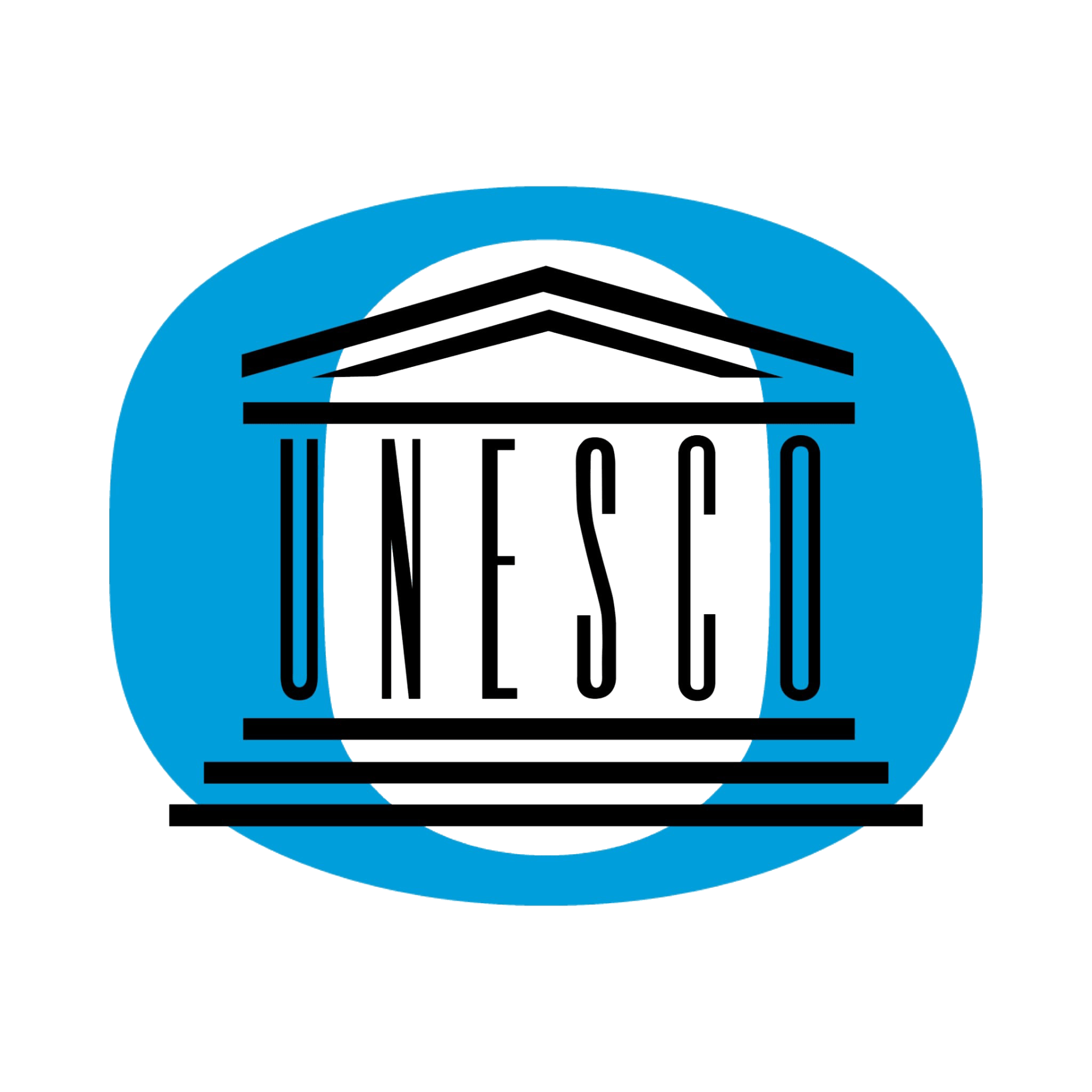As UNESCO Chair in Transcultural Studies, Interreligious Dialogue, and Peace, I helped establish a new research committee of the International Comparative Literature Association on ethics, religion, and literature. The Comparative Literature Association of India (CLAI) invited our research committee to take part in the twelfth biennial conference of the Comparative Literature Association of India. The conference took place March 1-4, 2015 at the University of Rajasthan in Jaipur. I spoke about some of the striking similarities I found between the end of the “Mahabharata” and Genesis 18 — between an ancient Hindu epic and the Hebrew Bible. I was gratified that my remarks received a warm welcome from the largely Indian audience.
After leaving the conference, I traveled to a number of UNESCO World Heritage sites east of Jaipur, including Fatehpur Sikri, near the city of Agra. Fatepuhr Sikri, with its marvelous
Mughal architecture, was built by the Mughal emperor Akbar in 1569. Akbar was interested in a variety of religions. In the Hall of Private Audience (Diwan-i-Khas), Akbar hosted guests who would explain the nature of their various faiths. As a UNESCO Chair currently coordinating the UNITWIN network on Interreligious Dialogue for Intercultural Understanding, I was particularly struck by the famous central pillar of this hall, which contains iconography from five different religious traditions: Hindu, Muslim, Jain, Buddhist, and Christian. Akbar founded a universal religion called Din-i-Ilahi (the Divine Religion, or the Religion of God). A noble effort, but it vanished soon after Akbar’s death.
—Distinguished Professor Steven Shankman, Co-Director of the Institute for Intercultural Dialogue and Conflict-Sensitive Reporting & UNESCO Chair in Transcultural Studies, Interreligious Dialogue, and Peace
Note: This blog post was originally published on the UNESCO.us site here.



this is great hehe thanks you for this is 🙂